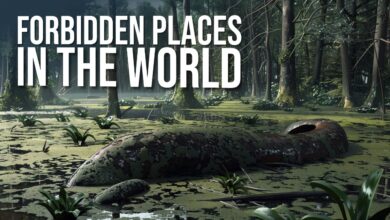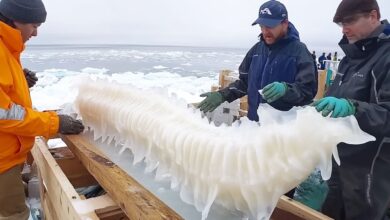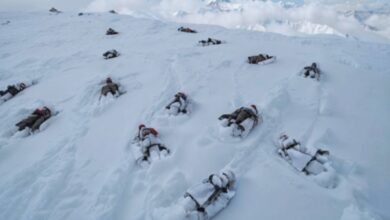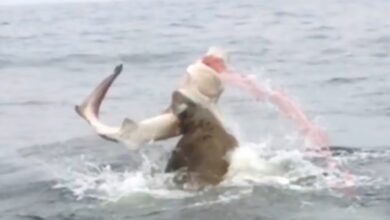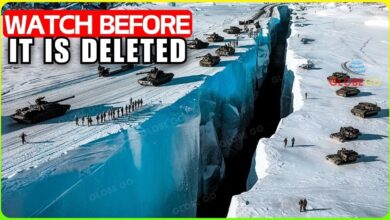Last Surviving Member of Admiral Byrd’s Expedition Reveals The Truth About Antarctica

### Admiral Richard E. Byrd and His Expeditions
1. **Background**: Admiral Richard E. Byrd was a highly decorated officer in the U.S. Navy, renowned for his explorations and achievements, including multiple medals such as the Medal of Honor and the Navy Cross. He was known for his obsession with being the first in exploration.
2. **Early Expeditions**: Byrd’s first trip to Antarctica occurred in 1928, where he conducted photographic studies and research. His subsequent expeditions included work alone in severe conditions, illustrating both his adventurous spirit and the challenges faced in the harsh Antarctic climate.
3. **Operation Highjump (1946-1947)**:
– The most controversial of Byrd’s expeditions, this operation involved significant military resources (14 ships, 33 planes, and nearly 5,000 men), raising questions about its true purpose.
– Officially, it aimed to test equipment for cold weather and map the terrain. However, the heavy military presence suggested a deeper motivation, potentially linked to Cold War tensions and Nazi activities in Antarctica.
### The Nazi Connection
1. **German Expeditions**: Before Byrd’s operations, the Nazis conducted secret missions to Antarctica, notably led by the SS Schwabenland, seeking ancient artifacts and establishing bases. They believed in a hidden Aryan race residing in a hollow Earth beneath Antarctica.
2. **Base 211**: The Nazis reportedly established a base in Antarctica (referred to as Base 211), which was believed to be large and complex, raising concerns for the U.S. government during and after World War II.
### Byrd’s Strange Encounter
1. **Mysterious Experience**: During one of his flights over Antarctica, Byrd reported seeing an unexplained green valley with vegetation, unusual for such a cold region, and spotted what appeared to be large, mammoth-like creatures.
2. **Communication with Unknown Beings**: Byrd claimed to have communicated with beings speaking in a Germanic accent who offered assistance. He was taken to a crystal-like city, where he met a figure known as “the master,” who identified himself as part of a highly advanced inner-world civilization.
3. **The Hollow Earth Theory**: Byrd’s experiences fed into the Hollow Earth theory, which posits that Earth contains vast subterranean spaces capable of supporting life. This theory was explored by various figures throughout history but remains controversial and largely dismissed by mainstream science.
### Warnings about Humanity’s Future
1. **Message from the Master**: The master conveyed serious concerns about humanity’s nuclear advancements and the potential for self-destruction. They expressed that their civilization had been monitoring Earth’s developments, particularly after the atomic bombings in Japan.
2. **Predictions of a Dark Age**: The master warned Byrd about a forthcoming dark age that humanity would face due to its own actions, suggesting that some people would survive, but the future remained uncertain.
### Conclusion
The narrative surrounding Admiral Byrd’s expeditions to Antarctica raises significant questions about what remains hidden in that vast, icy continent. It combines elements of military history, conspiracy theories, and speculative theories about human civilization’s past and future. Byrd’s experiences and the connections to Nazi expeditions contribute to ongoing debates about the existence of advanced civilizations and the mysteries of Antarctica.




